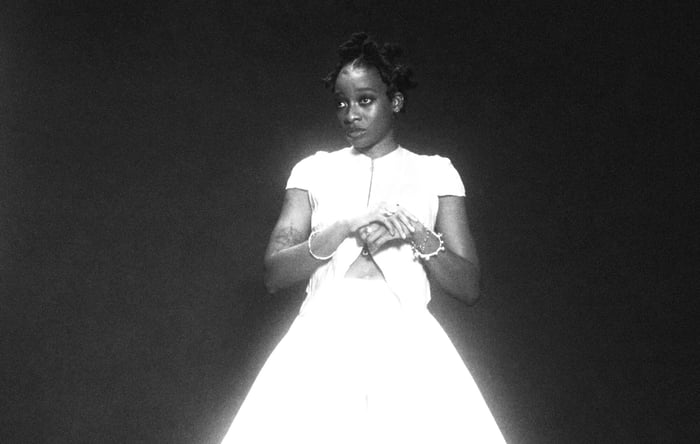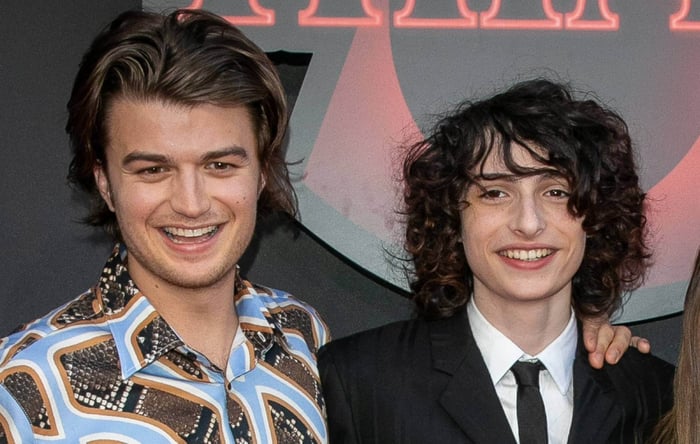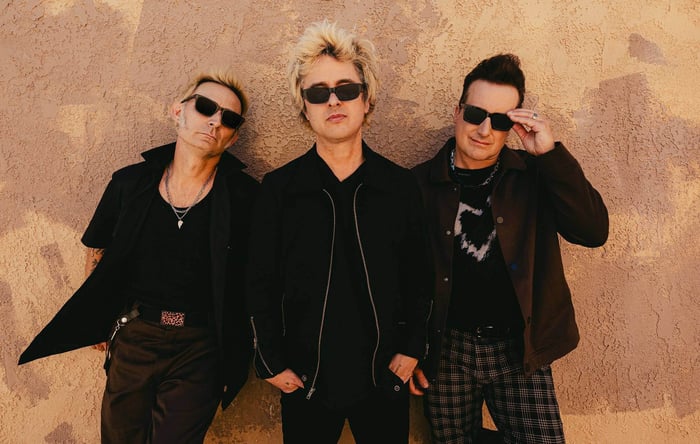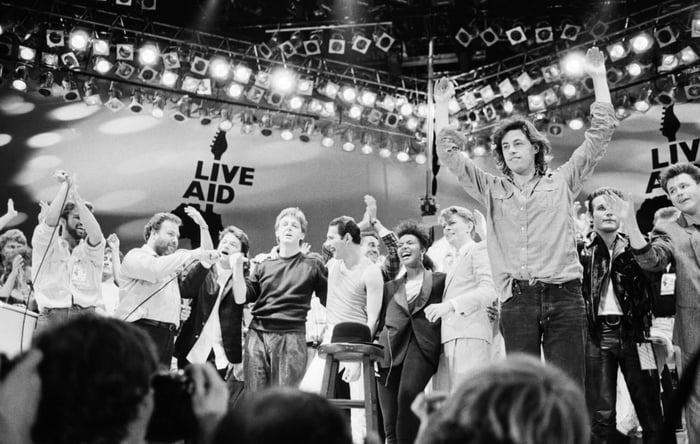
The Evolution of Jazz Guitar: Merging Tradition and Modern Innovation
The Evolution of Jazz Guitar: Merging Tradition and Modern Innovation
Explore the dynamic evolution of jazz guitar as it blends traditional roots with modern innovation, honoring the past while embracing the future.

The Dynamic Art of Jazz Guitar
Jazz guitar is not just a genre; it's a vibrant art form that continually adapts while staying true to its historical roots. From the early days of swing and bebop to the contemporary fusion styles, guitarists have pushed the boundaries of the instrument. They've incorporated complex harmonies, unconventional rhythms, and cutting-edge technology, all while honoring the foundations laid by their predecessors. Today, jazz guitarists navigate the challenging intersection of tradition and innovation, finding new pathways for creative expression.
Exploring Tradition and Innovation in Jazz Guitar
This article delves into the delicate balance between tradition and innovation within jazz guitar. We draw insights from the experiences of Ievgen Pugachov, an acclaimed jazz guitarist and Honored Artist of Ukraine. Through his journey, we can better understand how a top musician navigates the crossroads of the past and future.
The Pioneers of Jazz Guitar
The foundation of jazz guitar was established by trailblazers like Django Reinhardt, Charlie Christian, and Wes Montgomery. Their groundbreaking work in soloing, phrasing, and harmonic development laid the groundwork that continues to inspire musicians today.
- Charlie Christian transformed the perception of jazz guitar by elevating it to a lead instrument. He shifted the guitar from merely providing rhythm to serving as a melodic and improvisational voice.
- Wes Montgomery, renowned for his fluid phrasing and octave technique, added depth and richness to jazz guitar. His thumb-picking style, though challenging to master, sparked inspiration in Ievgen Pugachov, leading him to experiment with it and incorporate octave solos into his performances. Notably, Ievgen performed a full arrangement of “Yesterdays” at his conservatory entrance exam to pay homage to Montgomery.
Techniques Defining Jazz Guitar
Several key techniques define jazz guitar:
- Chord Comping: This technique provides harmonic and rhythmic support using extended voicings.
- Walking Bass Lines: Mimicking bass patterns through stepwise motion and syncopation.
- Bebop Phrasing: Utilizing chromaticism, arpeggios, and rapid passing tones to create smooth and harmonically rich solos.
Ievgen emphasizes the importance of mastering jazz standards, which serve as a universal language for improvisation and collaboration. They help musicians refine their harmonic fluency and understanding of jazz forms, enabling seamless performances with others.
The Evolution of Jazz Guitar Styles
As jazz guitar continues to evolve, it increasingly blends fusion, modal jazz, and experimental techniques with traditional elements. Modern guitarists are known for incorporating effects, complex harmonies, and unconventional rhythms, resulting in unique sounds that push boundaries.
One significant influence on the modern jazz sound is Pat Metheny, who inspired Ievgen Pugachov's exploration of non-functional harmony and major chord combinations. Metheny’s blunt pick technique left a lasting impression on Ievgen, shaping his unique approach to tone.
Additionally, Kurt Rosenwinkel has pioneered the atmospheric sound of modern jazz guitar. His innovative improvisation techniques encouraged Ievgen to explore new approaches to guitar sound, broadening his creative horizons.
Ievgen Pugachov’s Journey through Jazz
Ievgen’s transition from traditional to contemporary jazz was propelled by his international experiences. His band artfully fused elements of free jazz and avant-garde with traditional structures. Collaborating with renowned Scandinavian drummer David Sundby significantly refined Ievgen's rhythmic and improvisational approach, deepening his appreciation for free jazz techniques.
While in Berlin, Ievgen immersed himself in a jazz scene that emphasized original compositions over jazz standards. However, upon moving to New York, he discovered a much richer understanding of tradition among American jazz musicians, who meticulously studied recordings and solos. To adapt, Ievgen invested time in jazz standards, expanding his repertoire and reinforcing his connection to the genre's roots.
Improvisation: The Heart of Jazz Guitar
Improvisation is the lifeblood of jazz guitar, allowing musicians to develop their individual voices and push musical boundaries. While jazz standards provide a foundation, true mastery emerges through improvisation—an ever-evolving conversation among the musician, the band, and the audience.
Key improvisation techniques include:
- Motivic Development: Taking a simple idea and evolving it throughout a solo.
- Thematic Variations: Altering rhythm, harmony, or articulation while retaining a recognizable theme.
Musicians experiment with unconventional scales and harmonic substitutions, such as modal playing, chromatic passing tones, and extended harmonies, to craft complex and unpredictable solos. The emotional impact is further shaped by articulation, dynamics, and phrasing, lending each solo its unique character.
Ievgen Pugachov’s improvisational style draws from Grammy-winning musicians like John Beasley, Dan Pugach, Paul Francis, and Dave Smith. His experiences across the U.S. and Europe enable him to blend European avant-garde jazz with American jazz traditions, resulting in a harmonious balance between structure and spontaneity.
Ievgen’s Creative Projects
A noteworthy example of Ievgen’s innovative approach is his YouTube project, Ievgen’s House Sessions, launched in 2021 during the pandemic. What started as a creative outlet has evolved into a collaborative studio effort featuring original compositions. This project offers musicians a space to learn, experiment, and inspire one another artistically.
Modern jazz guitarists are increasingly experimenting with elements from rock, funk, classical, and electronic music, continuously pushing the genre's limits while preserving its essence of improvisation. Artists like Bill Frisell and Pat Metheny have been pivotal in breaking genre boundaries, and Ievgen, a devoted admirer of Frisell’s folk-jazz fusion, finds inspiration in their unique sounds and innovative approaches. These influences have helped him understand how genre crossover can expand jazz's expressive potential.
The Role of Technology and Modern Education
The influence of technology on jazz guitar continues to grow. Electronic effects and looping allow guitarists to create layered textures and atmospheric soundscapes. Today, effects like reverb, delay, and distortion are not mere embellishments; they have become essential components of the modern jazz guitar sound.
Cross-genre collaborations are reshaping jazz, infusing traditional frameworks with fresh influences. Ievgen’s work spans various genres, skillfully incorporating contemporary elements into jazz while maintaining its core identity. His compositions showcase this fusion, featuring unconventional harmonic progressions and rhythmic structures that connect jazz’s rich history with modern musical trends.
Ievgen acknowledges the advantages of digital recording and transcription tools but insists that genuine learning must be rooted in traditional jazz knowledge and hands-on practice. He cautions that the fast-paced content on social media can distract young musicians from mastering the fundamentals. With a passion for teaching, Ievgen is dedicated to giving back to the younger generation through his music.
The Future of Jazz Guitar
Contemporary guitarists are blending traditional jazz with futuristic elements, yet preserving the depth of jazz is crucial. Ievgen encourages his students to establish a solid foundation before exploring modern influences.
As an innovative educator, he employs modern teaching methods, emphasizing improvisation as a tool for self-expression and cognitive development. His groundbreaking work with students, including those with autism, showcases his commitment to nurturing talent.
Jazz guitar's evolution involves balancing tradition and innovation. However, Ievgen keenly observes a decline in its mainstream appeal, mirroring classical music. As jazz grows more complex, it becomes less accessible to the masses, appealing more to connoisseurs who appreciate its intricate harmonies and structures.
For modern guitarists, the challenge lies in mastering tradition while fostering innovation. Improvisation serves as a personal language, honed through deep study and experience. It thrives on spontaneity but relies on a robust foundation, where even unconventional notes resonate with intentional phrasing.
Shop your favorite album cover poster at our store for a unique touch to your space! Check it out here.
 | DISCOUNTGET 30% OFF*Use code on your next order:
|
* This post may contain affiliate links, meaning we earn a commission if you make a purchase through these links, at no additional cost to you.









